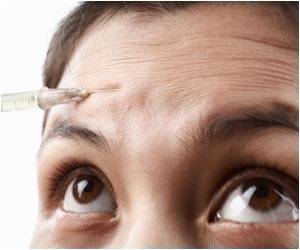A research published online in the British Journal of Ophthalmology shows that the rates of surgery to correct childhood squint in England have tumbled over the past 50 years.

Squint (strabismus) is one of the most common eye problems in children, with a prevalence of between 2% and 5%. Risk factors include family history, low birthweight, premature birth, being born to an older mum, and smoking during pregnancy.
The authors looked at rates of surgery to correct squint in children up to the age of 15. They used routine hospital data collected for the Oxford area as part of the Oxford record linkage study from 1963 to 2010, as well as figures from across local authorities in England from 1968 to 2010.
In all, 519,089 children under the age of 15 were admitted for corrective squint surgery in the Oxford region and across England during the study period.
Annual admission rates across England fell threefold from 188.8 per 100 000 of the population aged under 15 in 1968 to 64.1 per 100 000 in 2010. The figures were similar for the Oxford region, where admissions fell from 213.2/100,000 in 1963 to 61.3/100,000 in 2010.
Most of the fall in admissions occurred between the 1970s and the 1990s.
The borough with the highest rate of admissions was Easington in County Durham, with a rate of 138.6/100,000 of the child population. This compares with a rate of 28.2 for the borough of Kensington and Chelsea in London.
The CV for squint was 76, while that for tonsillectomy was 84, showing that the variation in squint surgery was almost as great as that for tonsil removal.
Few children had to be readmitted to hospital, but a few local authorities had high rates of readmissions - Windsor and Maidenhead, Slough, and Bracknell Forest - all of which are in the catchment area of the same hospitals, the authors note.
The local authorities with higher rates of surgery were marginally more likely to be in areas of relatively high deprivation, but this only accounted for a fraction of the variance (5.3%).
A switch from surgical to non-surgical treatment approaches, rather than a genuine fall in the prevalence of squint, is likely to explain a large part of the decline in procedure rates, say the authors.
But the geographical variation is less clear and begs the question of whether it can be justified on clinical grounds, they suggest. The differences may reflect genuine differences in need, or they may be due to differences in the clinical judgement of doctors, they say.
"Of the various explanations for geographical variation, the most important single one may be variation in clinical judgement - by general practitioners in referring patients for surgery, and by ophthalmologists - in the thresholds for recommending surgery," they write.
But the figures suggest that these variations should be looked at to see if they really are warranted, conclude the authors.
Source-Eurekalert
 MEDINDIA
MEDINDIA




 Email
Email






